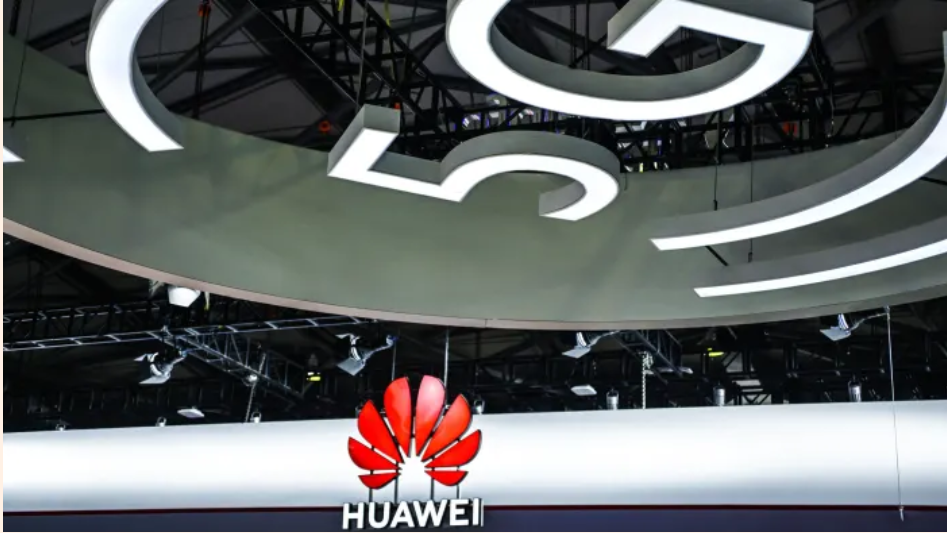3 TRENDS TO WATCH IN TECHNOLOGY, MEDIA AND TELECOMMUNICATIONS
Morgan Stanley bankers outline how companies are expanding revenue streams, dealing with chip shortages and giving consumers the content and digital experiences they demand.
Consumer demand for technologies such as electric vehicles,1 high-speed Internet2 and augmented-reality e-commerce3—and the increased speed of digital transformation since COVID-19—are driving corporate growth and new revenue streams in the technology, media and telecommunications industries.
Yet amid robust interest in products and services that enable cloud computing, blockchain applications4 and next-generation networks,5 companies are grappling with supply-side constraints and economic uncertainty. Three trends shed light on how corporates are balancing these challenges:
1. Expanding Revenue Streams
The transformation of sports media since the start of the COVID-19 pandemic highlights the ability of some corporates to keep up with shifting consumer habits and expand revenue sources.
Owners of sports-related assets and intellectual property, for example, who took an economic hit when social distancing affected in-person events and broadcasting, have turned to digital to boost and diversify revenue streams.6
According to Paolo Della Rovere, a Morgan Stanley investment banker covering the sports industry: “They’re shifting from traditional revenue sources—such as ticketing and concessions—to monetization of their brands in the digital ecosystem, opening new areas such as data collection and monetization, e-sports and non-fungible tokens (NFTs), which are proliferating with the explosion of blockchain-enabled applications.”
Media companies are also investing in over-the-top and on-demand premium content7 to meet consumer appetite, says Amanda Kersen, who covers content production in the Investment Banking Division. “Many of the largest media companies have launched their own direct-to-consumer streaming services and big tech has joined the fray as well,” she says. “Investment in content has accelerated as these companies race to acquire subscribers.”
2. Managing the Chips Shortage
Though demand continues unabated for connected devices—from electric vehicles to smart-home devices and medical monitoring systems—the makers are still grappling with a shortage of semiconductor chips8—a deficit expected to extend well into 2022.9
To better assess end-market demand, some chipmakers and the companies along their supply chains are aiming to strengthen relationships with customers using microchips in their products. In countries outside of Asia—where most semiconductors are made—governments and corporates are seeking ways to support domestic chip manufacturing to reduce reliance on overseas sources.10
“So many critical technologies require increasing semiconductor content, which will likely continue to drive high semiconductor demand in 2022,” says Morgan Stanley’s Xavier Nieto Gandia, who specializes in semiconductors investment banking. “All eyes will focus on how the global semiconductor supply chain can keep pace.”
3. Building Next-Gen Connectivity
The 5G wireless rollout, though happening at a somewhat plodding pace, especially in the U.S.,11 could have wide-ranging impact—a trend investors have been monitoring for years. Across sectors, new technologies could flourish using 5G’s faster speeds and low latency—the time it takes for data transfer between a source and destination.
Exciting potential use cases for 5G span industries. In manufacturing, it could help automate workflows, while in healthcare, it could facilitate high-definition connections for patients choosing telehealth. For e-commerce, 5G could power more retail brands to facilitate virtual reality shopping, and in media, it could further expand mobile gaming.
Despite this, companies haven’t proven they’re fully investing in 5G applications. And until telecom carriers see revenue streams materializing from 5G, they may delay capital expenditures on upgrades for networks and the new equipment necessary to provide 5G more broadly.12 As corporates and consumers become bigger adopters, investors will watch whether carriers become the great builders of 5G or tech companies invest in their own networks, which could take potential revenue away from carriers.

